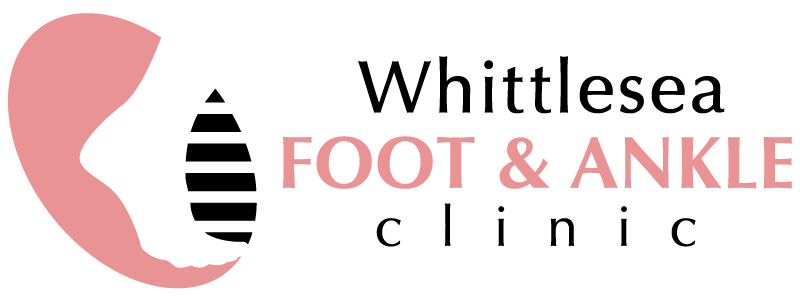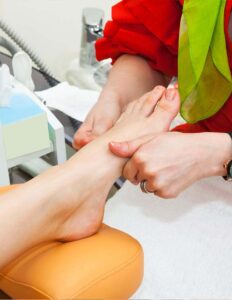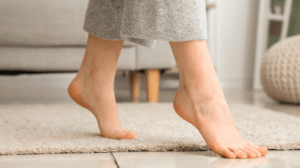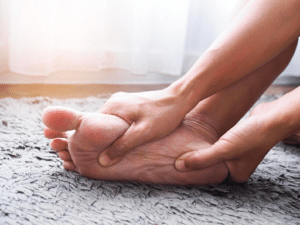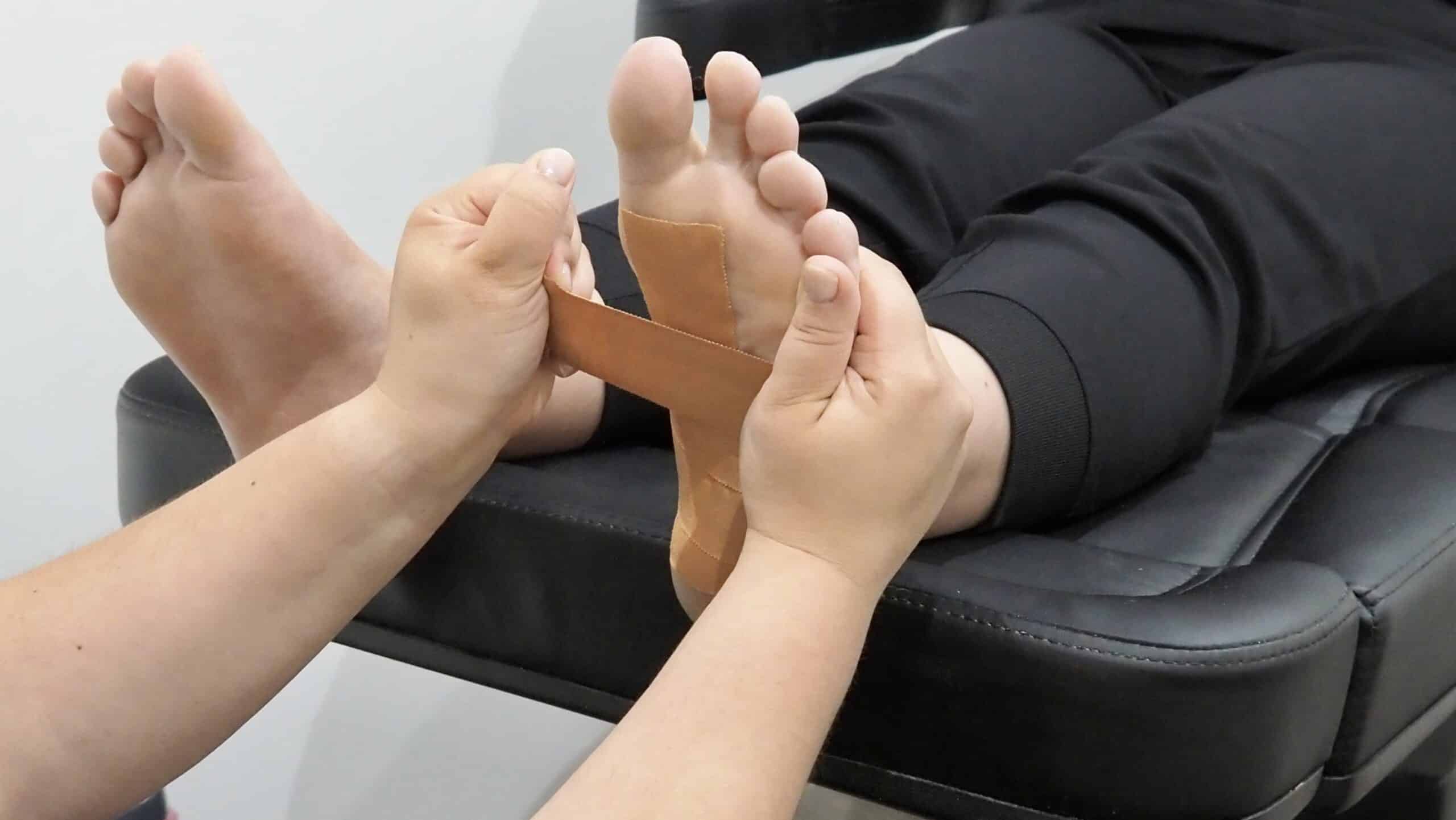Have you ever Googled your heel pain symptoms?
Has it left you with more questions than answers?
We understand that it is difficult to find credible information on the internet and we appreciate the frustration that people have when heel pain prevents you from getting on with your daily activities.
When researching your own symptoms, you may be reading information that is outdated and non-evidence based.
Through our years of experience and the thousands of people we have helped with heel pain, we are here to help you with the right information to solve your problem.
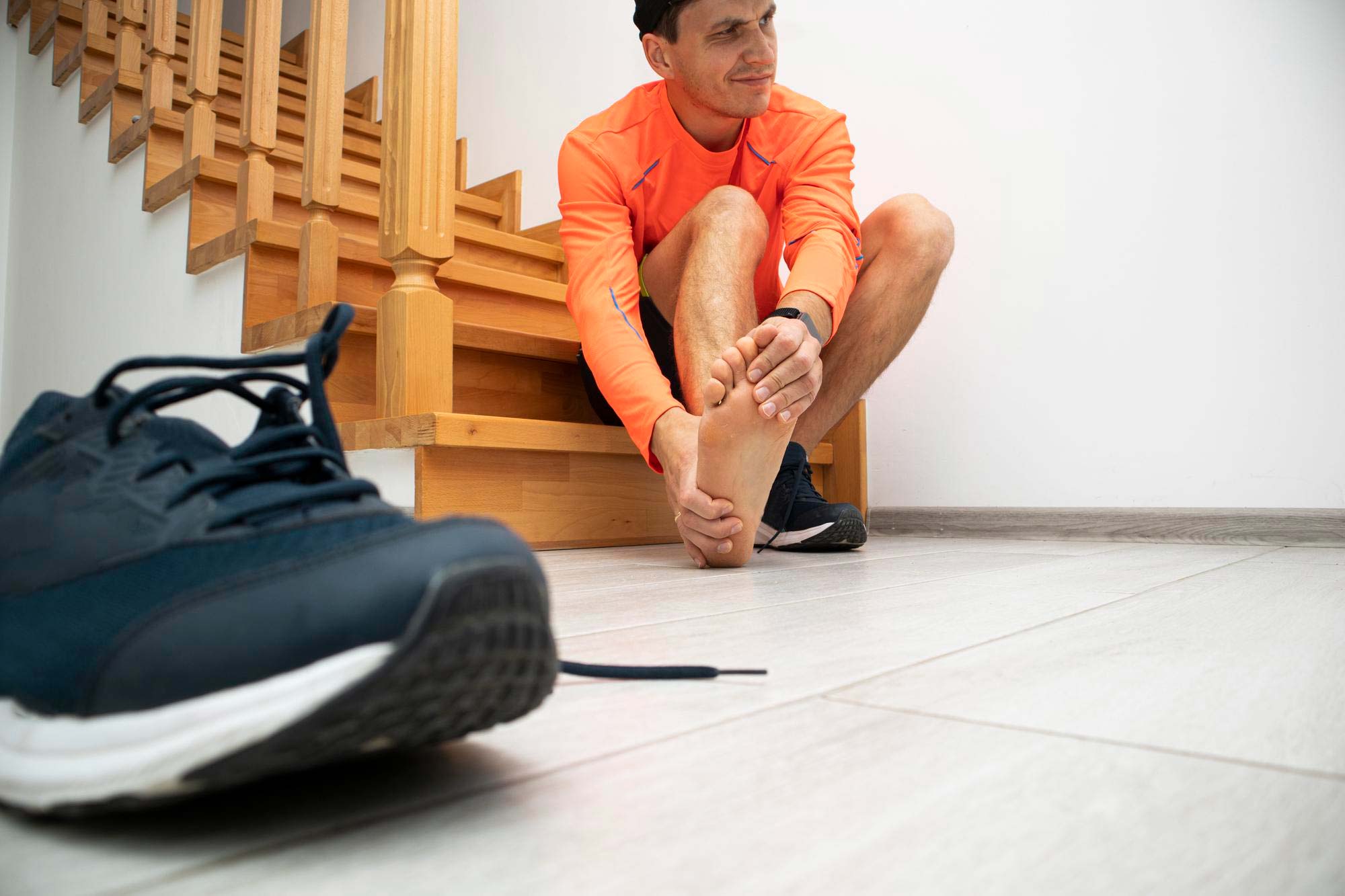
Why does my heel hurt?
Plantar Fasciitis is a common condition of pain and tissue damage at the attachment of the plantar fascia to the underside of the heel bone.
The plantar fascia is a band of connective tissue that runs along the sole from the heel to the ball of the foot. One of its main roles is to keep the bones and joints in position and enables us to push off from the ground. Bruising or overstretching this ligament can cause inflammation and heel pain.
Risks
- Certain activities such as running or dancing can place a lot of stress on the plantar fascia
- Middle-aged or older population. Heel pain tends to be more common with ageing as muscles supporting the arch of the foot become weaker, putting stress on the plantar fascia
- Weight gain that may lead to mechanical overload of the plantar fascia
- Being on your feet for prolonged periods
- Poorly designed shoes
Signs and symptoms
You may experience:
- Sharp pain in the inside part of the bottom of the heel
- Pain that tends to be worse with the first few steps you take
- Heel pain after long periods of standing
- Sharp pain after getting up from a seated position
- Pain after, but not usually during, exercise
- Mild swelling in the heel
Treatment
A tailored management plan catering to your weaknesses identified through assessment is best practice. This may include:
- Targeted stretching and strengthening program
- Activity modification
- Footwear assessment and recommendations for your activity type
- Shockwave therapy is likely to be a suitable adjunctive therapy to re-stimulate the healing process
- A flexible insert such as an orthotic may be advisable to reduce tensile strain and muscles working at their end range of motion
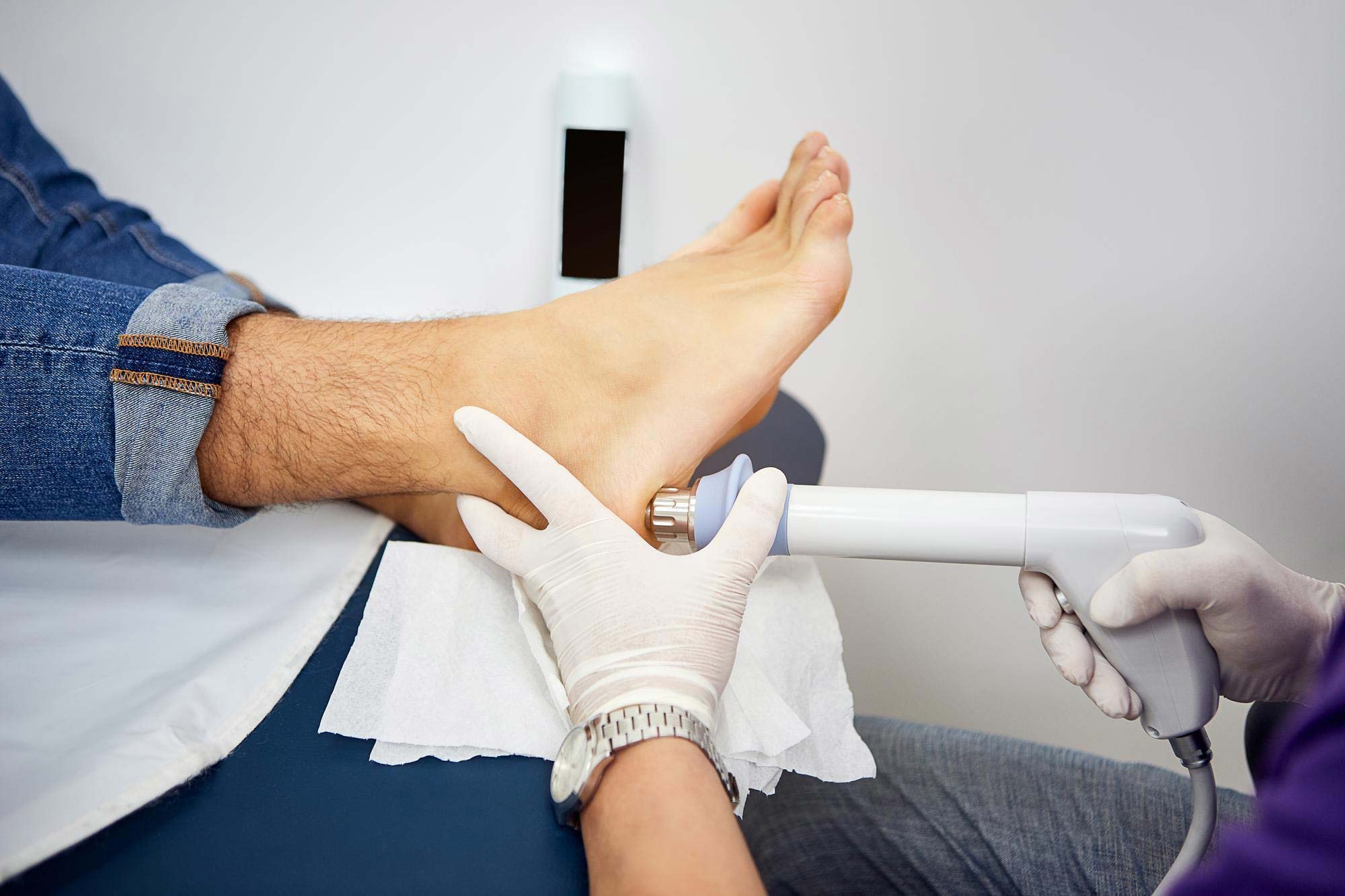
As Podiatrists we believe we have all the tools to get you back to greatness, however if we feel there may be contributing factors outside our scope of practice, we would be more than happy to refer you on for alternative treatment if deemed clinically appropriate.
Our Podiatrist Sarah summarises some helpful tips in this video:
If you have any questions about plantar fasciitis or heel pain, feel free to give us a call on 8468 2411. Or you can book an appointment with one of our friendly podiatrists here.
